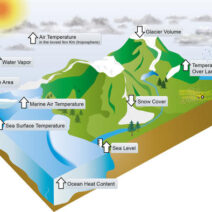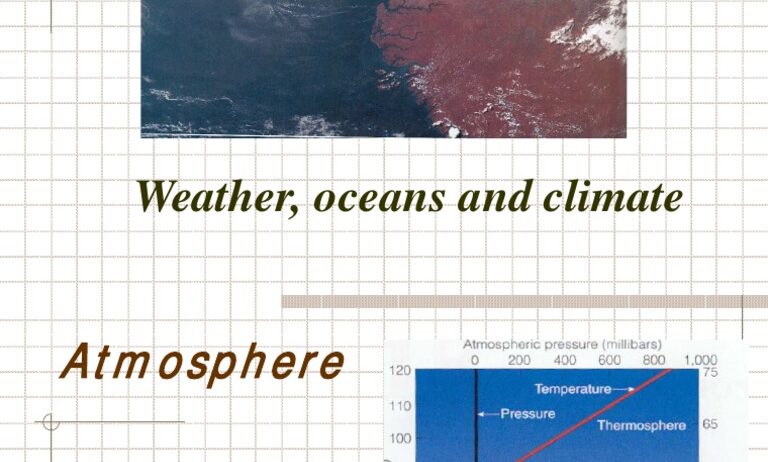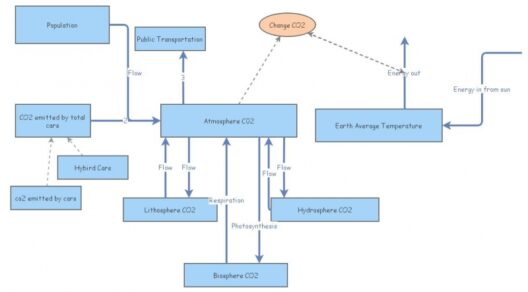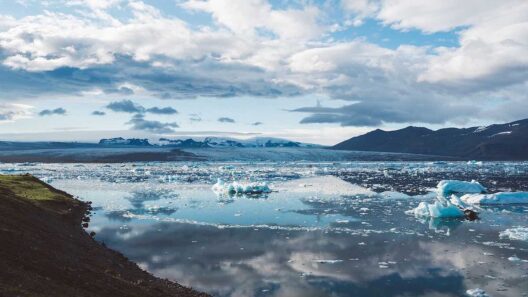The ocean, an immense expanse of azure, is not merely a body of water; it is the Earth’s largest weather system. Its vastness envelops more than 70% of the planet’s surface, making it a primary player in the intricate dance of climate dynamics. Understanding the climate of the ocean is akin to deciphering a colossal puzzle that holds the key to the planet’s ecological health and our very existence.
The interaction between the ocean and the atmosphere is a complex interplay, resembling a grand symphony where every note contributes to the overall harmony. The ocean absorbs a significant portion of solar energy, acting as a thermal reservoir that regulates temperatures worldwide. This heat redistribution is pivotal; it fosters temperate climates, affects precipitation patterns, and ultimately influences biodiversity. However, this oceanic choreography is increasingly strained due to anthropogenic influences, prompting a closer examination of its climate.
Ocean Currents: The River Runs Through It
Consider ocean currents as the arteries of this grand weather system, tirelessly circulating warm and cold water across the globe. The surface currents, driven predominantly by wind patterns and the Earth’s rotation, play a crucial role in controlling the climate of coastal regions. The Gulf Stream, for instance, transports warm water from the tropics to the North Atlantic, significantly impacting the weather conditions off the eastern coast of North America and Western Europe. If the ocean were a vast organism, these currents would be its blood, ensuring vitality and balance.
In contrast, deep ocean currents, known as thermohaline circulation, are influenced by density gradients associated with temperature and salinity. This process forms a global conveyor belt, continuously moving vast quantities of water between the ocean’s surface and deep layers. The interweaving of these currents forms a complex web of climate interaction, one that is crucial for nutrient distribution and carbon cycling within marine ecosystems.
The Influence of Temperature and Salinity
Temperature variations dictate not only the physical state of seawater but also its ability to store carbon dioxide—an essential element in our fight against climate change. Warmer waters hold less CO2, exacerbating the greenhouse effect and driving global temperature rise. This is often exemplified in phenomena such as coral bleaching, where even minor temperature shifts can precipitate the collapse of delicate marine ecosystems. Salinity, on the other hand, significantly affects ocean stratification and circulation, further influencing the ocean climate system. Changes in precipitation patterns and melting ice caps introduce freshwater, altering the salinity balance and contributing to a cascade of environmental changes.
The Ocean as a Climate Regulator
Often likened to a global thermostat, the ocean performs integral functions in regulating Earth’s climate. It absorbs approximately a quarter of the carbon dioxide emitted by human activity, acting as a buffer against the full brunt of climate change. However, this noble endeavor comes with a price. Ocean acidification—a direct consequence of increased CO2 absorption—poses a significant threat to marine life, particularly calcifying organisms such as shellfish and corals.
The interplay of heat and carbon cycles illustrates an intrinsic relationship: the ocean not only influences atmospheric conditions but is also affected by them. The phenomenon known as El Niño, for instance, embodies this dynamic. Characterized by periodic warming of sea surface temperatures in the central and eastern Pacific Ocean, El Niño disrupts global weather patterns, resulting in extreme weather events ranging from droughts to torrential rains. Understanding such oscillations provides insight into the ocean’s role in climate variability.
Impact on Marine Biodiversity
The ocean is home to an astonishing array of species, and its climate directly shapes marine biodiversity. As temperatures rise and salinity levels fluctuate, many species are compelled to migrate toward cooler waters. This shift has profound implications for fishing industries and local economies, revealing the intricate connection between the ocean’s climate and human livelihoods. Additionally, the disruption of migration patterns affects predator-prey relationships, potentially destabilizing entire ecosystems.
The plight of the polar regions exemplifies the vulnerability of marine life to climate change. Polar ice melt not only contributes to rising sea levels but also threatens iconic species such as polar bears and seals, which rely on stable ice habitats for hunting and breeding. The resultant alteration of these habitats can have cascading effects on the food web and biodiversity.
The Call for Action
Despite the formidable challenges presented by the changing climate of the ocean, there remains a glimmer of hope. Scientific innovation and international cooperation are paramount in devising strategies to mitigate climate impacts. Sustainable fishing practices, marine protected areas, and restoration of coastal ecosystems such as mangroves and reefs can bolster resilience and help restore balance to this essential climate regulator.
In summary, the climate of the ocean is a multifaceted phenomenon characterized by its vast currents, temperature fluctuations, and intricate interactions with atmospheric conditions. Its impact on global weather systems and biodiversity underscores the interconnectedness of life on Earth. As custodians of the planet, it is imperative that we foster awareness and action to safeguard the vitality of this grand oceanic system, ensuring its health for generations to come.








